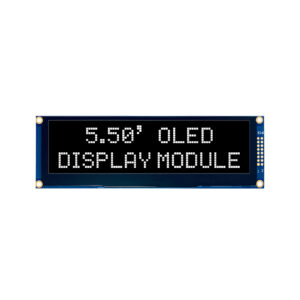
ビジネスにおける偉大なことは、決して一人で成し遂げられるものではありません。チームで成し遂げられるのです。私たちにはダイナミックな人々の集団がいます
This article dives deep into the world of 0.96 inch OLEDディスプレイ modules, specifically focusing on the 128×64 resolution variant that communicates via the I2C interface. We’ll explore its features, capabilities, and address the question that’s been circulating among enthusiasts and developers: what’s the actual リフレッシュレート of these compact displays? This article is worth reading because it provides a comprehensive overview of a popular ディスプレイモジュール, shedding light on technical details that are often overlooked. Whether you’re a hobbyist working on a DIY project, a developer integrating displays into a product, or simply an 有機EL technology enthusiast, this article will equip you with a thorough understanding of the 0.96 inch 128×64 I2C OLED display module.
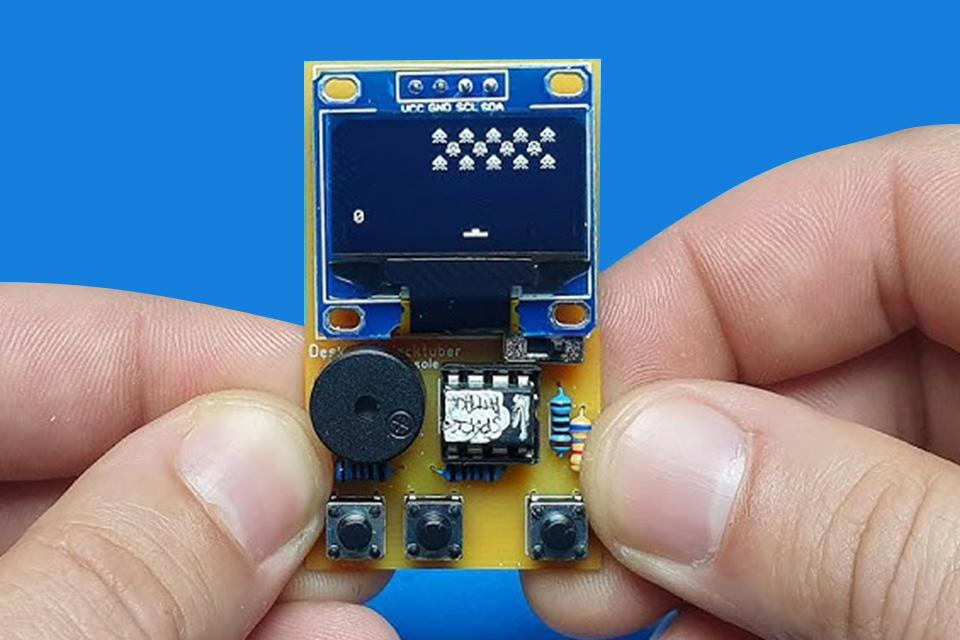
有機EL stands for Organic Light-Emitting Diode. Unlike traditional 液晶 displays that rely on a バックライト 照らす ピクセル, 有機EL displays are self-luminous. This means each ピクセル で 有機EL 画面 generates its own light. This fundamental difference leads to several advantages of 有機EL over 液晶. One of the most significant is the ability to achieve true blacks. When an OLED pixel is turned off, it emits no light, resulting in perfect black levels. This leads to an infinite contrast ratio, providing stunning visuals with vibrant colors and exceptional image depth.
液晶ディスプレイ technology, on the other hand, relies on a backlight that shines through a layer of liquid crystals. These crystals modulate the light to create the image. However, even when displaying black, some light from the backlight still leaks through, resulting in a grayish appearance rather than true black. Compared to LCD, 有機EL technology offers a wider viewing angle range, thinner パネル construction, and faster response speed. For instance, ASUS has introduced 27-inch OLED gaming displays that offer a superior visual experience thanks to these inherent advantages of the technology, demonstrating that 有機EL display makes a significant difference in high-performance applications.
の 0.96 inch OLED display offers a compact yet effective solution for various applications. Its small size makes it ideal for wearable devices, small gadgets, and projects where space is a premium. Despite its small size, this inch display provides a clear and sharp visual output, making it suitable for displaying essential information or graphics. It’s 広く使用されている in development boards like アルドゥイーノ そして ESP32, allowing hobbyists, students, and engineers to create a wide range of innovative projects.
の 0.96 inch size of the 有機EL ディスプレイモジュール finds a sweet spot between visibility and compactness. It is large enough to display a reasonable amount of information while remaining small enough to integrate seamlessly into various devices. Moreover, the 有機EL technology ensures excellent visibility even under bright lighting conditions, thanks to its high 輝度 and self-luminous nature. This makes the 0.96 inch OLED 画面 a versatile choice for both indoor and outdoor applications. The OLEDディスプレイ‘s ability to 放出する its own light also contributes to its 低消費電力, making it an excellent choice for battery-powered devices.
の I2C (Inter-Integrated Circuit) インタフェース is a serial communication protocol widely used for connecting low-speed peripherals to microcontrollers. It uses only two wires: SDA (Serial Data) and SCL (Serial Clock). This simplicity makes it easy to implement and requires minimal ハードウェア resources. The I2C bus is compatible with a master/slave architecture. In the world of 有機EL displays, the I2C OLED displays typically act as slaves, receiving commands and data from a master device like an アルドゥイーノ または ESP32.
I2C communication allows for efficient control of the 有機EL 画面 using a minimal number of pins. The master device sends commands to the 画面‘s コントローラ chip、例えば SSD1306, to set the ピクセル, control 輝度, and manage other display parameters. The use of I2C simplifies the wiring and reduces the complexity of the インタフェース, making it a popular choice for OLEDディスプレイモジュール. For example, manufacturers and suppliers often provide libraries and code examples specifically designed for I2C pins, making it easier for developers to integrate these displays into their projects and also verify its function.
の 128×64 解決 の数を指します ピクセル に 画面. In this case, the 有機EL 画面 128 あります ピクセル 水平方向に64 ピクセル vertically, totaling 8,192 ピクセル。 解決 directly impacts the sharpness and detail of the displayed image or text. Higher 解決 もっと意味する ピクセル packed into the same area, resulting in a sharper and more detailed image. The 128×64ディスプレイ resolution is common in small 有機EL modules like the 0.96 inch variant.
その間 128×64 might seem low compared to high-resolution smartphone displays, it’s perfectly adequate for displaying simple graphics, text, and icons on a small 画面。 解決 の OLED 128×64 module is sufficient for many applications, such as displaying sensor readings, status updates, or simple menus. The limited number of ピクセル also means less data needs to be processed and transmitted, contributing to faster リフレッシュ rates and lower 消費電力 of these displays.
| 特徴 | 0.96 Inch OLED Display Module |
|---|---|
| 解決 | 128×64 |
| インタフェース | I2C |
| Controller Chip | SSD1306 (commonly) |
| 色 | Monochrome (typically blue or white) |
| 視野角 | 広い |
の リフレッシュレート の 画面 refers to the number of times the image on the 画面 is updated per second, measured in Hz. A higher リフレッシュレート generally results in smoother motion and reduced motion blur. However, the リフレッシュレート of small 有機EL modules like the 0.96 インチ 128×64 I2C variant is often not explicitly stated in datasheets, leading to some confusion among users.
Unlike gaming monitors, where the リフレッシュレート is a key selling point, the リフレッシュレート of these small 有機EL modules is primarily determined by the speed of the I2C communication and the コントローラ‘s ability to update the 画面‘s internal ラム。 SSD1306 コントローラ can theoretically support relatively high リフレッシュ rates, the actual achievable rate in a real-world application depends on factors such as the microcontroller’s speed, the I2C bus speed, and the complexity of the displayed content. While it’s difficult to pinpoint an exact number, the general consensus among the community is that these displays can achieve a リフレッシュレート sufficient for displaying dynamic content without noticeable flicker or lag in most use cases, though dedicated tests might be needed to determine the precise value for a particular setup.
While the 0.96 inch OLED display might not be suitable for immersive, high-resolution ゲーム experiences like those provided by dedicated 有機EL ゲーム モニター, it can still be used for simple, retro-style games or to display game-related information. The fast response speed の 有機EL technology ensures minimal motion blur, providing a smooth visual experience for fast-paced action, even on this small 画面.
The compact size and 低電力 nature of the 0.96 インチ 有機EL 画面 makes it a good fit for handheld gaming devices or for displaying secondary game information, such as scores, health bars, or mini-maps. The 128×64 解決 is well-suited for pixel art graphics commonly found in retro games, and gamers can leverage the 有機EL‘s vibrant colors to create visually appealing game interfaces. With some creativity, developers can design engaging games specifically tailored for this small 有機EL ディスプレイモジュール, taking advantage of its unique characteristics.

Connecting an OLEDディスプレイモジュール to a microcontroller like an アルドゥイーノ or an ESP32 is relatively straightforward, thanks to the I2C インタフェース。 ほとんど 0.96 インチ 有機EL modules come with four pins: VCC (power), GND (ground), SCL (Serial Clock), and SDA (Serial Data). To connect it to an アルドゥイーノ Uno, for instance, you would connect VCC to the Arduino’s 5V or 3.3V pin, GND to GND, SCL to the Arduino’s A5 pin (SCL), and SDA to the Arduino’s A4 pin (SDA).
については ESP32, the process is similar. You would connect the 有機EL module’s VCC to the ESP32’s 3.3V pin, GND to GND, and then identify the ESP32‘s I2C pins. These pins can vary depending on the specific ESP32 development board you are using, so it’s essential to consult the board’s documentation. Once the ハードウェア connections are made, you can use libraries like Adafruit’s SSD1306 library or the U8g2 library to control the OLEDディスプレイ from your アルドゥイーノ または ESP32 code. These libraries provide functions for drawing ピクセル, text, and shapes on the 画面, making it easy to create custom graphics and interfaces. Here you can also find some contact information, as well as their privacy policy.
| Microcontroller | OLED VCC | OLED GND | OLED SCL | OLED SDA |
|---|---|---|---|---|
| アルドゥイーノ | 5V/3.3V | グランド | A5 | A4 |
| ESP32 | 3.3V | グランド | (Varies) | (Varies) |
の主な利点の1つは 有機EL technology is its relatively 低消費電力 に比べ 液晶 displays. This is because OLED pixels only consume power when they are emitting light. When displaying black, an OLED pixel is essentially turned off, consuming minimal power. The 0.96 inch OLED display modules are particularly power-efficient due to their small size and limited number of ピクセル.
The actual 消費電力 of an OLEDディスプレイモジュール いくつかの要因によって決まりますが、 輝度 設定、 ピクセル that are lit, and the color being displayed. White ピクセル generally consume more power than other colors. For example, using OLED’s black background with white text can significantly reduce 消費電力. It’s essential to consider these factors when designing battery-powered devices that use 有機EL displays to optimize battery life. In many cases, you can further reduce 消費電力 by dimming the 画面 or turning it off completely when not in use. The SSD1306 コントローラ also provides commands for controlling the 画面‘s power-saving modes.
Pricing のために 0.96 inch OLED 画面 modules can vary depending on the メーカー, the specific features, and the quantity ordered. You can find these modules on various online electronics retailers, including specialized suppliers of display modules, electronic components distributors, and general online marketplaces. When searching for pricing, it’s helpful to use specific keywords like “0.96 inch OLED display,” “128×64 OLED,” “I2C OLED,” and “SSD1306” to narrow down the results.
正しい選択 有機EL 画面 モジュール involves considering factors beyond just pricing. You should also consider the color options (monochrome displays are typically blue or white), the operating voltage (some modules are designed for 3.3V while others can handle 5V), and the operating temperature range. Additionally, check for the availability of technical documentation, sample code, and community support. Reading reviews from other users can also provide valuable insights into the quality and reliability of a particular 有機EL module. And don’t forget to お問い合わせ if you have any questions.
の 有機EL 画面 market is constantly evolving, with ongoing research and development pushing the boundaries of the technology. We can expect to see improvements in 有機EL manufacturing processes, leading to lower production costs and potentially lower prices for consumers. There’s also a trend towards larger, higher-解決 有機EL panels, as evidenced by the increasing popularity of 有機EL TVs and the emergence of 有機EL ゲーム monitors.
In the realm of OLED gaming monitor, we can anticipate further advancements in リフレッシュ rates, response times, and color gamut. The inherent advantages of 有機EL, such as infinite contrast and near-instantaneous pixel response, make it an ideal technology for ゲーム. As the technology matures and becomes more affordable, we’re likely to see a wider adoption of 有機EL displays in the gaming market, potentially even surpassing 液晶 as the preferred choice for enthusiast gamers. The development of flexible and foldable 有機EL displays opens up exciting possibilities for new form factors and innovative gaming device designs. We may see 薄い, lighter, and more portable gaming devices, thanks to the flexibility of 有機EL technology. Some expert claims that this may happen in 2024.


This article dives deep into the world of 0.96 inch OLED display modules, specifically focusing on the 128×64 resolution variant that communicates via the I2C interface.
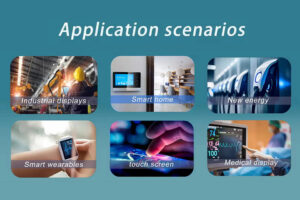
この記事では、LCD モジュールの魅力的な世界を詳しく掘り下げ、特に Arduino との統合と TFT LCD テクノロジーの機能に焦点を当てます。

ディスプレイの世界は常に進化しており、ハイエンド市場では常に AMOLED と OLED という 2 つの技術が主流となっています。
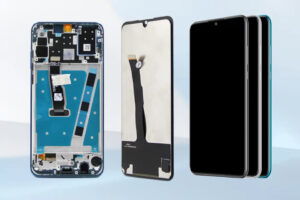
この記事では、LCD 画面の修理の世界を詳しく説明し、画面が壊れたりひびが入ったりした場合に発生する可能性のある問題、その識別方法、および利用可能な最善の解決策について包括的に説明します。
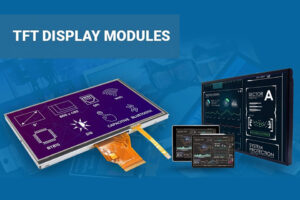
この記事では、薄膜トランジスタ (TFT) LCD ディスプレイ モジュールの世界を詳しく調べ、その技術、利点、多様な用途について説明します。
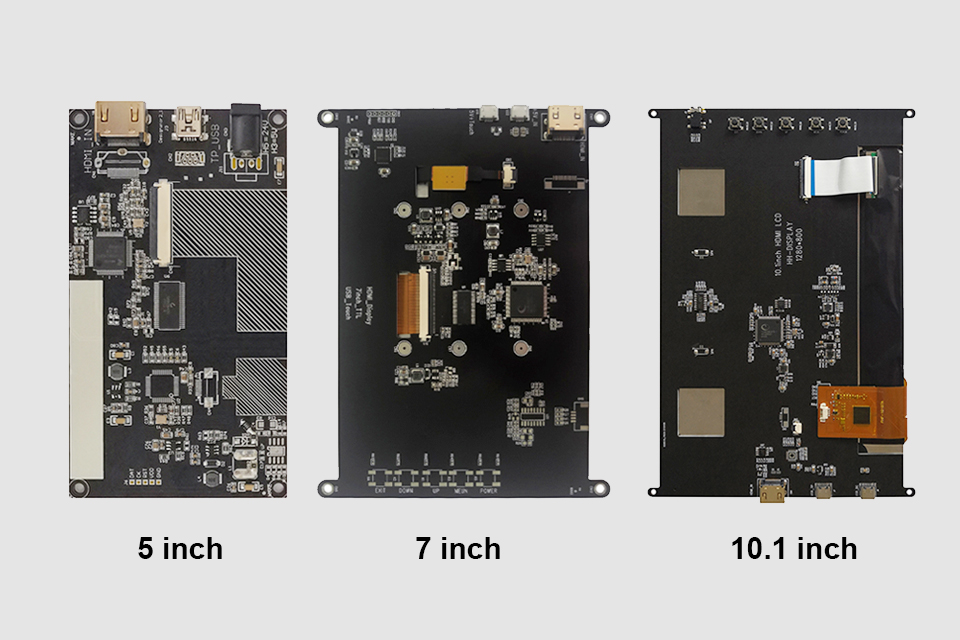
This article explores how to connect an LCD screen to a Raspberry Pi using an HDMI driver board, essentially turning your single-board computer into a miniature HDMI monitor.
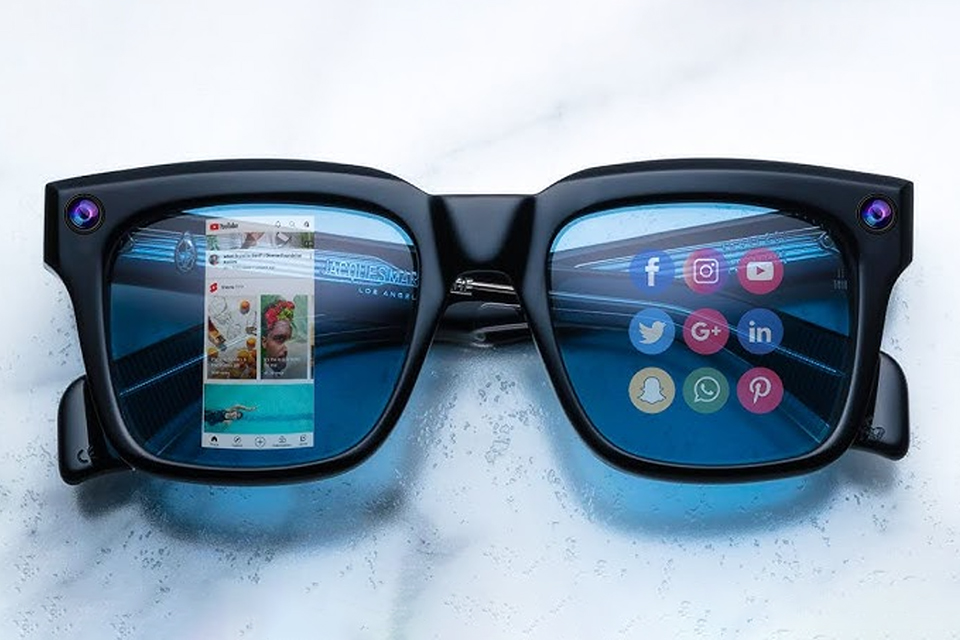
This article dives into the exciting world of augmented reality (ar) lenses, specifically focusing on the development and potential of an interchangeable lens system for ar glasses.

This article dives deep into the lifespan and durability of OLED (Organic Light Emitting Diode) displays compared to LCD (Liquid Crystal Display) screens.

@ 2025 ディスプレイモジュール。無断転載禁止。
以下のフォームにご記入いただければ、すぐにご連絡させていただきます。